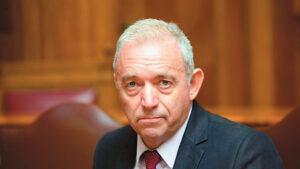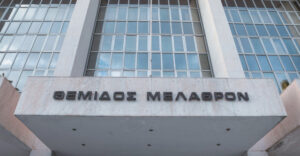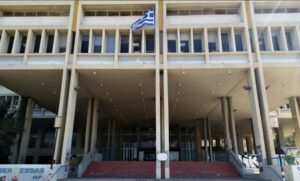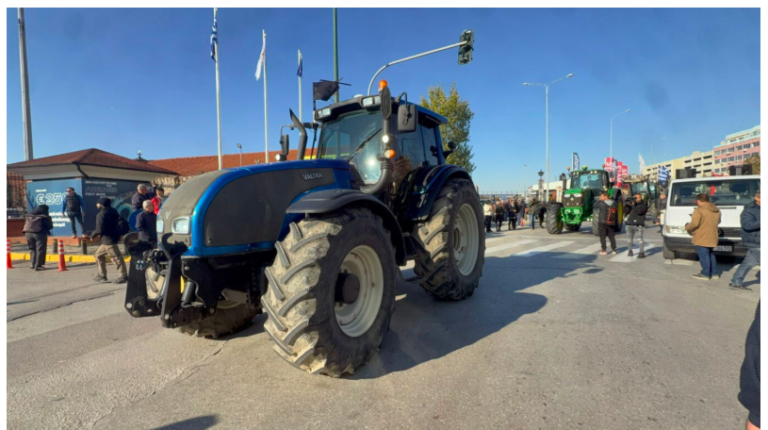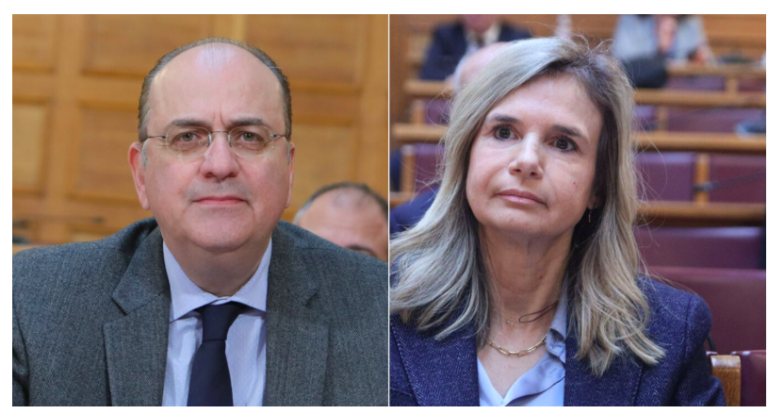The earthquake near Gavdos on Wednesday was discussed by Professor of Natural Disaster Management at the National Academy of Sciences Ethymios Lekkas.
Speaking to ERT, Efthimios Lekkas noted “At 7:29 in the afternoon we had the occurrence of an earthquake of 5.2 on the Richter scale, 15 kilometers northeast of Gavdos, at a depth of 10 kilometers. It was felt most strongly in Gavdos and the rest of Crete, but mainly in Chania and Rethymnon. From there onwards, we have essentially the manifestation of a subdued seismic activity with magnitudes of 2 degrees, 3 degrees and 4 degrees. It is a seismic activity which satisfies us for the moment in relation to the main earthquake” explained Mr. Lekkas.
“The good thing in this case is that the earthquake is submarine. (…) There will be no problems in the main body of Crete, even if there is a bigger earthquake. The region is strongly earthquake-prone,” he stressed.
“The earthquake originated from a fault with a northwest-southeast direction that effectively separates the area of Gavdos from the rest of Crete.”
Lekkas pointed out that “it was an earthquake which at first we were a little concerned about the evolution, but now I think there is no particular problem. In any case, we are monitoring the development of the phenomenon both at the Ministry of Civil Protection and Climate Crisis and at the country’s research institutes for any eventuality.”
Asked if this was the main earthquake, the Natural Disaster Management professor replied, “I believe it was the main earthquake. I have some reservations. Unless sufficient time passes to see the sequence develop, we cannot be sure.”
He went on to say that “a decision was taken by the Ministry of Civil Protection and Climate Crisis to close the gorges of Crete today, especially the Samaria Gorge, to avoid problems” from aftershocks.
Ask me anything
Explore related questions
